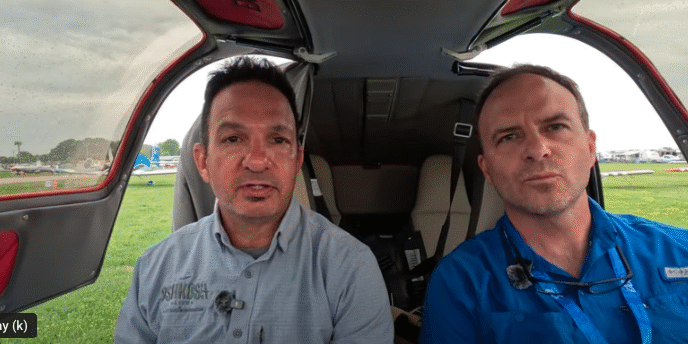As air travel rebounds to levels seen before the pandemic—and even exceeds them in some areas—the aviation industry is once again grappling with an old problem: an overburdened and outdated Air Traffic Control (ATC) system. This system struggles to keep up with modern traffic demands, leading to frequent delays, inefficiencies, and increased fuel consumption and CO₂ emissions. However, a long-awaited upgrade in avionics is finally making its way into aircraft: ADS-B In. While ADS-B Out laid the groundwork by broadcasting an aircraft’s position and speed to ground stations and nearby planes, ADS-B In is set to revolutionize the cockpit. It allows aircraft to receive and act on this data, giving pilots a real-time view of air traffic that often surpasses what ATC can provide. This capability is crucial in today’s congested skies.
The current ATC systems in the U.S. and much of Europe are relics from the 1960s, relying on radar-based tracking that lacks precision and range. Air traffic controllers manage numerous aircraft with limited information and minimal automation, leading to bottlenecks, especially near airports, and challenges in rerouting planes during bad weather or sudden traffic surges. Although the FAA’s NextGen modernization program, initiated in 2007, aims to overhaul this infrastructure, progress has been slow due to political and budgetary hurdles. Yet, ADS-B (Automatic Dependent Surveillance–Broadcast) is one area where significant advancements are being made. While ADS-B Out has improved surveillance by transitioning from radar to satellite-based tracking, its primary benefits have been for ATC. ADS-B In, on the other hand, brings these advantages directly to pilots, offering real-time traffic data, weather updates, and more, enabling pilots to manage spacing and sequencing without waiting for ATC instructions.
Airlines like Delta and American are already upgrading their fleets with ADS-B In, and manufacturers such as Airbus and Boeing are offering it as an option on new aircraft. This technology is particularly beneficial in busy airspaces like the U.S. East Coast, Western Europe, and oceanic routes where radar coverage is limited. The FAA is also testing new procedures that leverage ADS-B In for more efficient flight operations. As the aviation industry continues to evolve, embracing these technological advancements is essential for improving efficiency and reducing environmental impact.
#AviationInnovation #AirTrafficControl #ADSBIn #NextGenAviation #SustainableFlying
Originally reported by Avionics International Read More








